Quainton
Exploring A Quaint Village in Buckinghamshire
We came across Quainton during our Buckinghamshire Windmill Tour and decided to go back and explore a bit more of this lovely village as we had seen many half-timbered buildings and thatched cottages that we didn’t really have time to appreciate during our tour. And since our Windmill Tour had included a wonderful walk in the Chiltern Hills - which we called the Chitty Chitty Bang Bang Walk - we wanted to revisit Buckinghamshire and do some more walking.
We found a walk using the komoot.com route planning website that climbed Mill Hill, Quainton Hill, and Conduit Hill, which looked just perfect for us. Arriving in Quainton around midday, we parked opposite the village shop and set off on our route past the green, along Lower Street to Upper Street and onto the footpath up to Mill Hill.
Quainton Beacon on Mill Hill, which was last lit in June 2022 to celebrate the late Queen Elizabeth II’s platinum jubilee, offers fine views over the village, and especially over to the windmill. Our route continued past the beacon, but was marred by electric fencing across the footpath. Not being able to divert around the fencing, we sadly returned to the village to explore, and here are some of things we found…
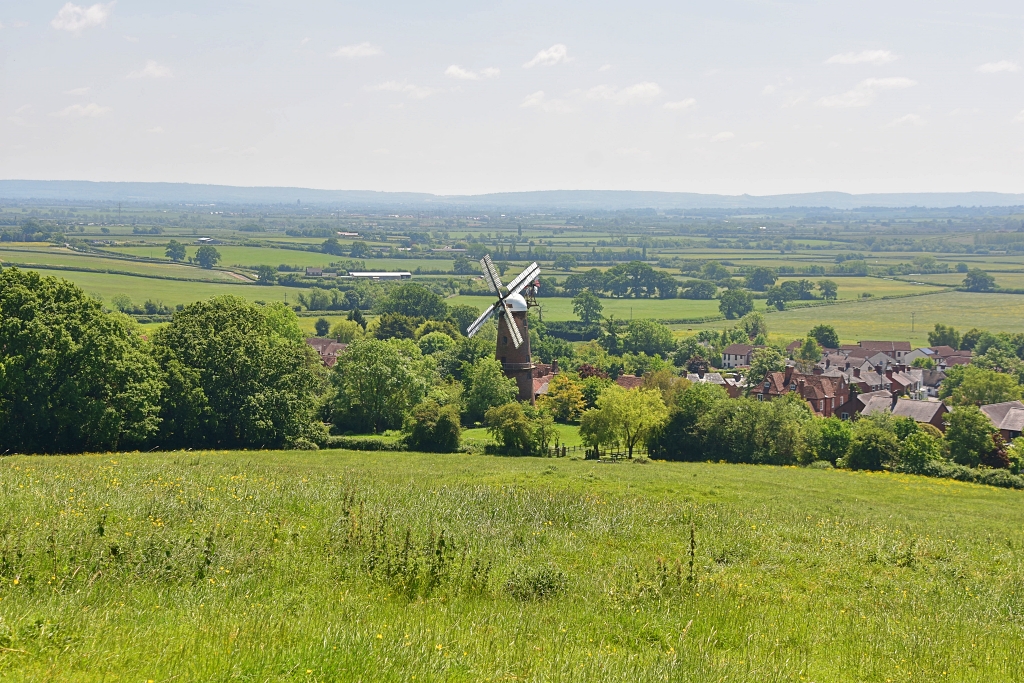 View over Quainton whilst Climbing Mill Hill © essentially-england.com
View over Quainton whilst Climbing Mill Hill © essentially-england.com
Quainton - The Village Name
The unusual village name of Quainton originates from Anglo-Saxon times when it was called Cwene-tun which means Queen’s manor. It got this name because Queen Edith, wife of Edward the Confessor, had a manor in Quainton.
A: The Village Green
The village green lies at the heart of Quainton and boasts some lovely cottages. It is thought that 2 Church Street, which borders on the green, is the oldest surviving building in the village and possibly dates from the late fifteenth century. On the opposite side of the green you'll find Magpie Cottage which was the place where Buckinghamshire historian George Lipscombe was born in 1773.
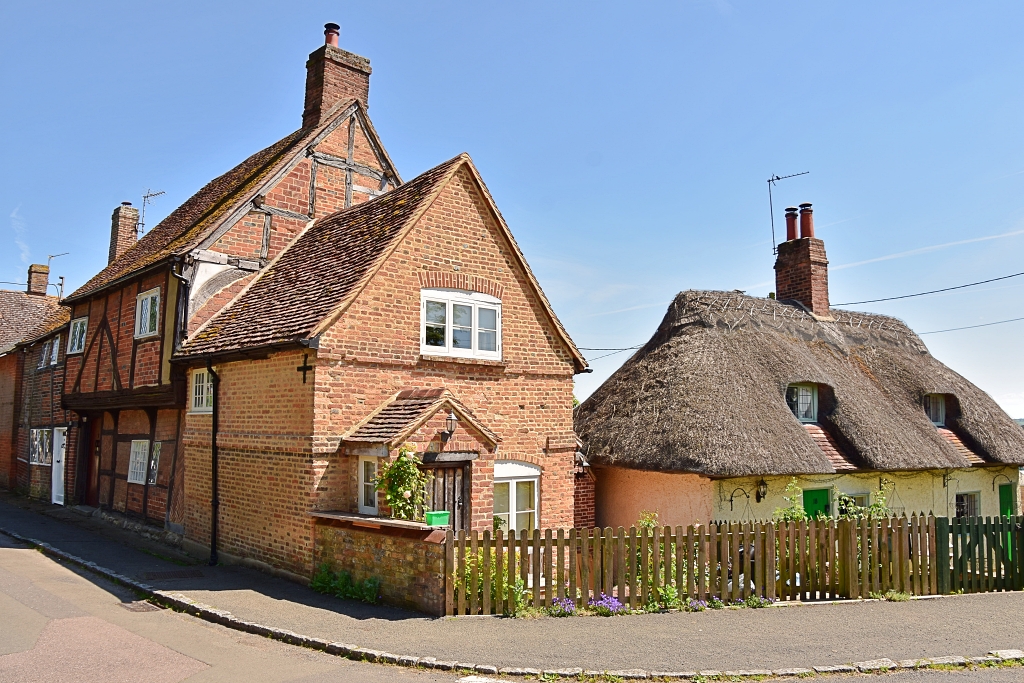 Pretty Cottages Around Quainton Village Green © essentially-england.com
Pretty Cottages Around Quainton Village Green © essentially-england.comB: The Preaching Cross
During the 15th century, the Knights Hospitaller erected the preaching cross on the village green. Only the base and post survive now and running beside it is part of the Causeway, which was one of the old stone paths in the village made around the same time as the cross.
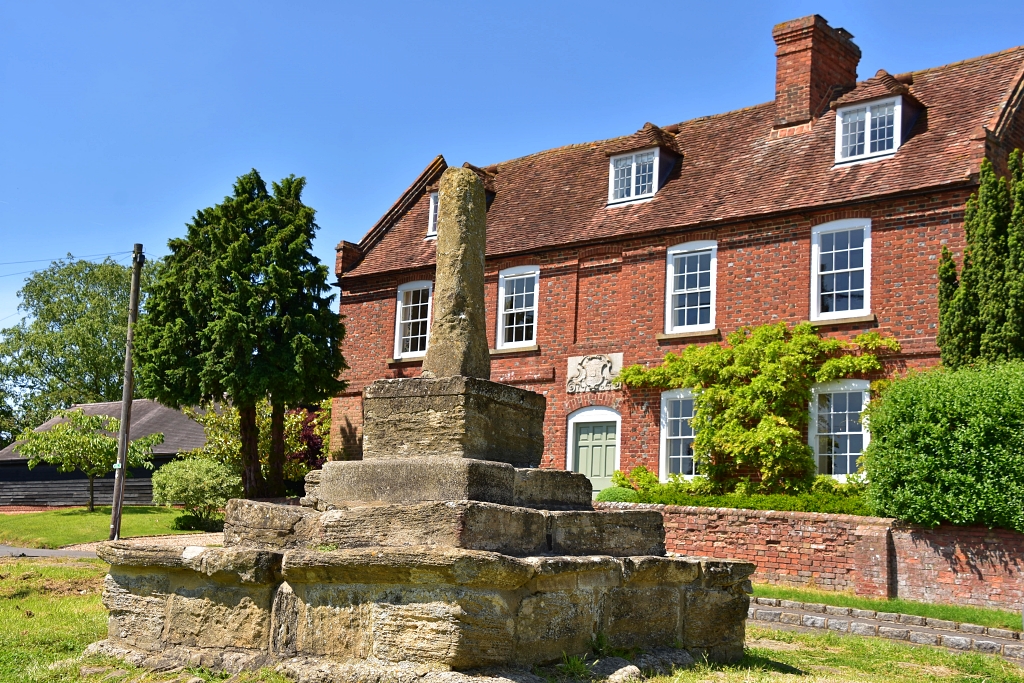 The Preaching Cross on Quainton Village Green © essentially-england.com
The Preaching Cross on Quainton Village Green © essentially-england.comC: The Church
The medieval Church of the Holy Cross and St. Mary is a Grade I listed building from the fourteenth century which has been modified over the years and fully restored in 1877. This peaceful church has a lovely interior with some nice Victorian stained-glass windows, the 1689 tomb of Sir Richard Winwood, and in the ringing chamber at the base of the tower two wonderful stone monuments.
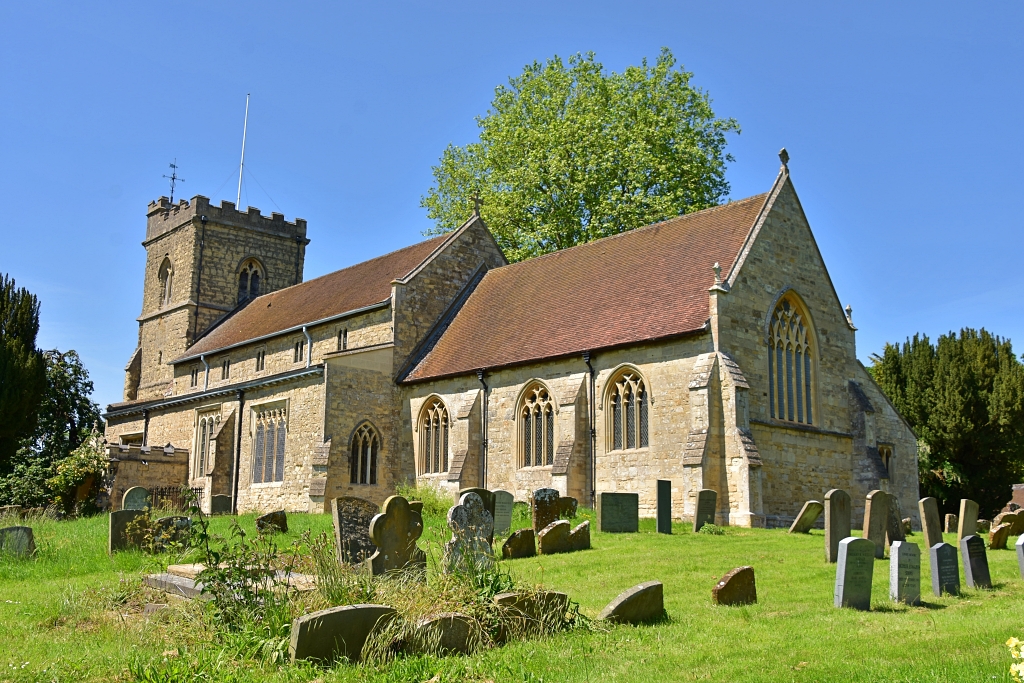 The Church of the Holy Cross and St. Mary © essentially-england.com
The Church of the Holy Cross and St. Mary © essentially-england.comD: The Winwood Almshouses
Adjacent to the church are the Winwood Almshouses which were founded by Sir Richard Winwood in 1687. The terrace of eight small cottages were built to house poor widows and widowers. Along the row of cottages are two porches with decorated plaques reading “Anno Dom 1687 These almeshouses were then erected and endowed by Richard Winwood esquire son and heir of the Right Honourable Sir Ralph Winwood Knight Principal Secretary of State to King James the First”. I’m not sure if anyone else notices, but even though the two plaques have the same wording the number of lines of text is different.
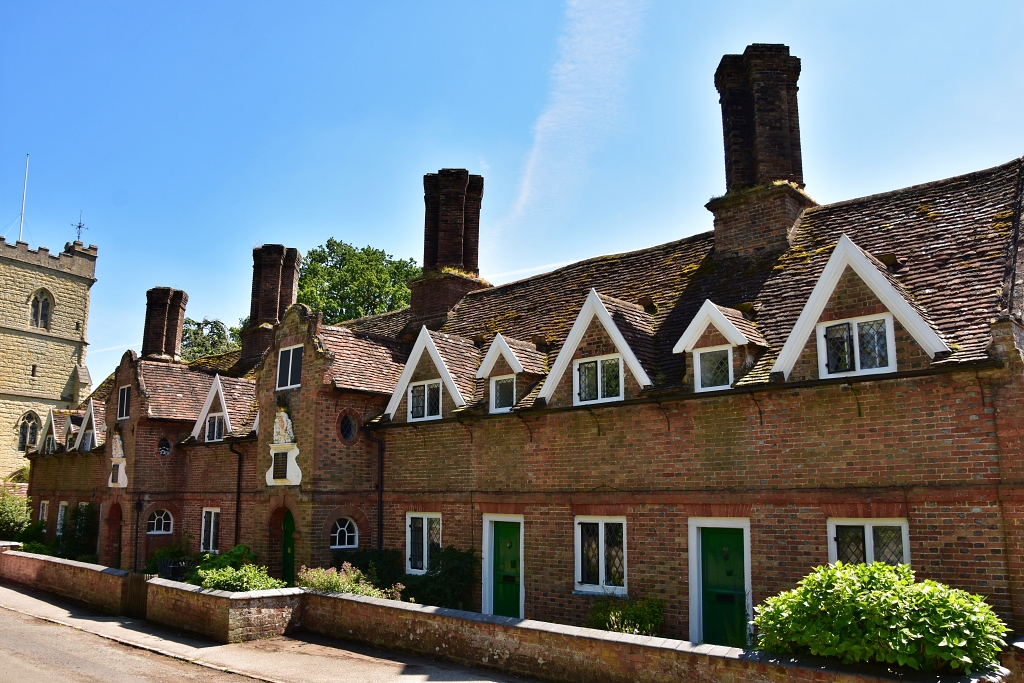 The Winwood Almshouses © essentially-england.com
The Winwood Almshouses © essentially-england.comE: Quainton Windmill
Quainton Windmill stands tall above the village. It was built in 1830 from locally made bricks and is the tallest windmill in Buckinghamshire. The windmill went out of use in 1896 when the fantail was blown off during a storm. It has recently been fully restored and is usually open on Sundays between 10am and 12:30pm. The windmill is part of our Buckinghamshire Windmill tour which visits nine lovely mills in the county.
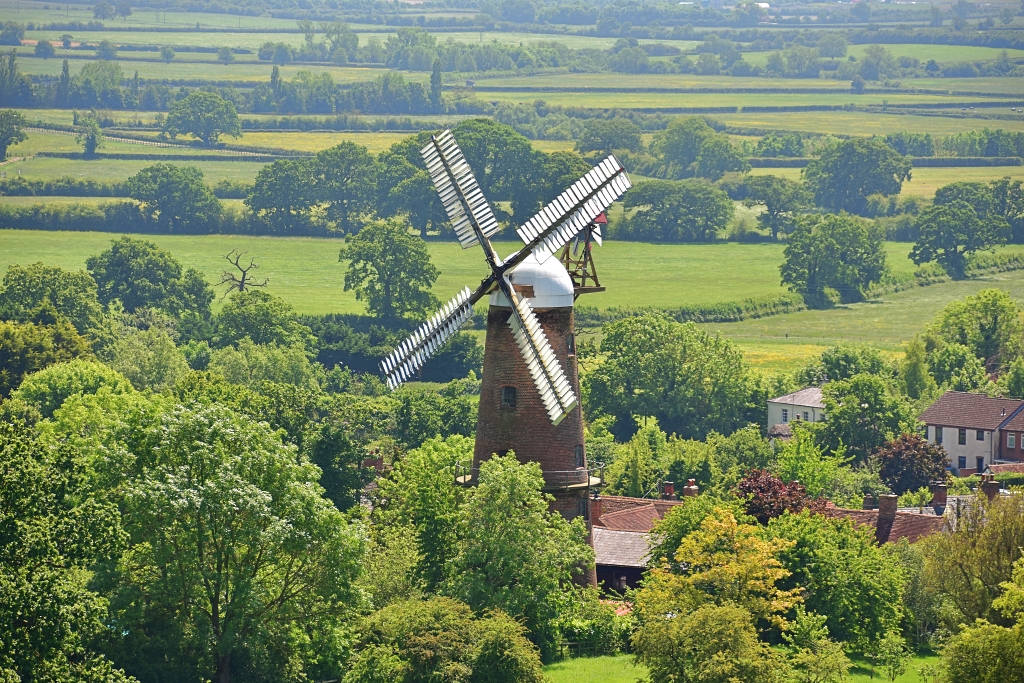 Quainton Windmill from Mill Hill © essentially-england.com
Quainton Windmill from Mill Hill © essentially-england.comF: Buckinghamshire Railway Centre
Until 1963, Quainton had a mainline train station that connected to London. Now, about one mile away down Station Road is the Buckinghamshire Railway Centre which is a working heritage railway and museum. Visit their website for more information on the steaming days they operate during the summer months.
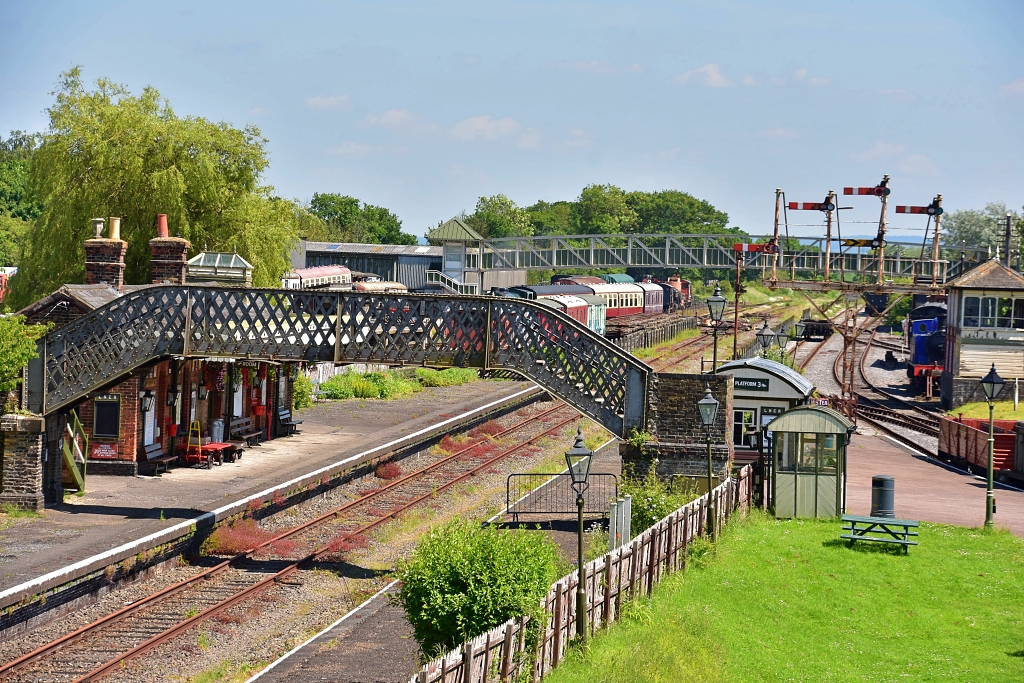 The Buckinghamshire Railway Centre © essentially-england.com
The Buckinghamshire Railway Centre © essentially-england.comG: The Village Water Supply
Around the village we found three water pumps which turn out to be part of a system that fed spring water from the surrounding hills into the village. We found one along Lower Street close to the Old Sportsman cottage, another in the front garden of a row of cottages almost opposite the Old Sportsman, and another on Church Street. There were two others, which no longer exist, one being on the village green and another at Station Farm along Station Road.
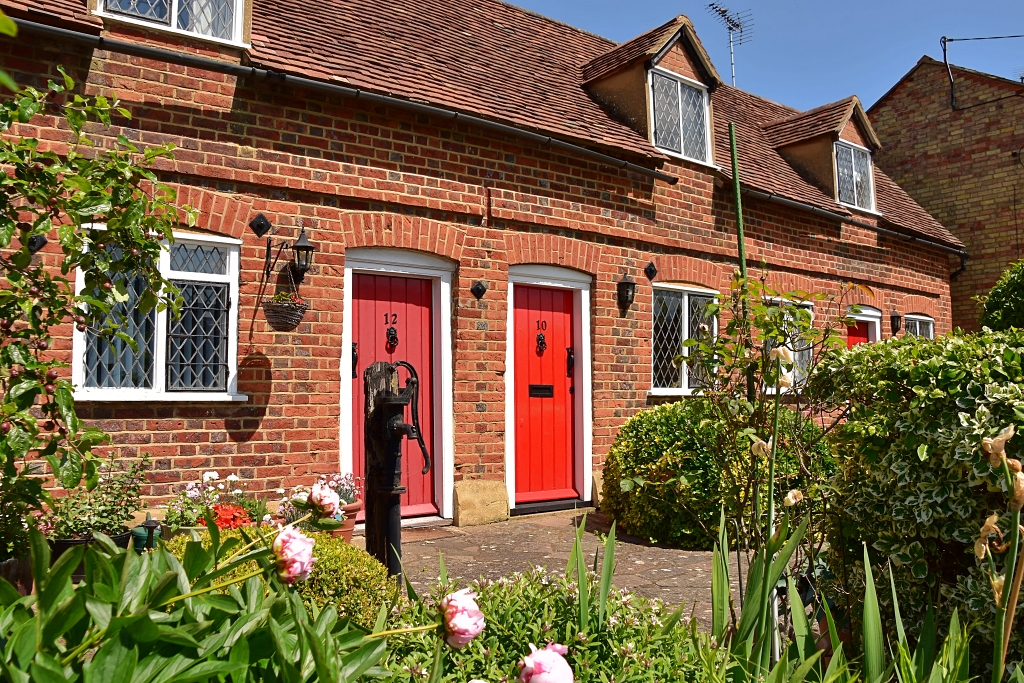 Quainton Water Pump Along Lower Street © essentially-england.com
Quainton Water Pump Along Lower Street © essentially-england.comIf you need to find a hotel, then try one of these search platforms...
Although we didn’t get to complete our walk in the Quainton Hills, we still had an enjoyable time discovering the village and admiring all the wonderful old buildings. One thing to note is that there are a lot of HS2 railway works in the area and roads may be closed and traffic diverted. Also, in years to come, the railway is going to scar the landscape and possibly spoil the hilltop views. Don’t let this stop you visiting this charming village and when you’re here make sure you climb Mill Hill to the beacon and take in the view.
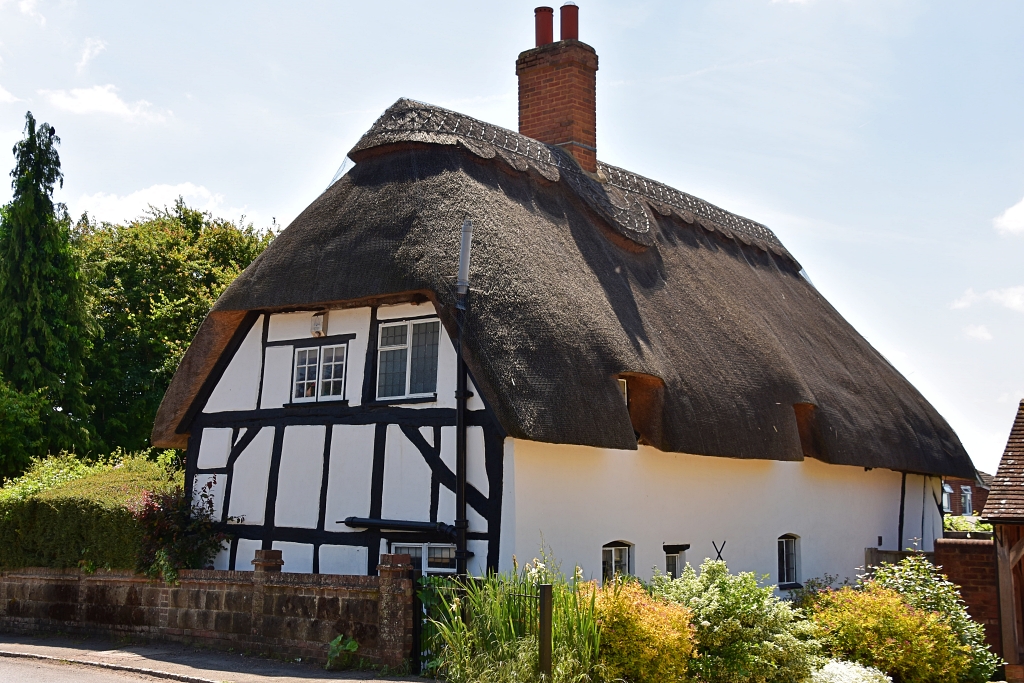 Thatched Cottage in Quainton © essentially-england.com
Thatched Cottage in Quainton © essentially-england.com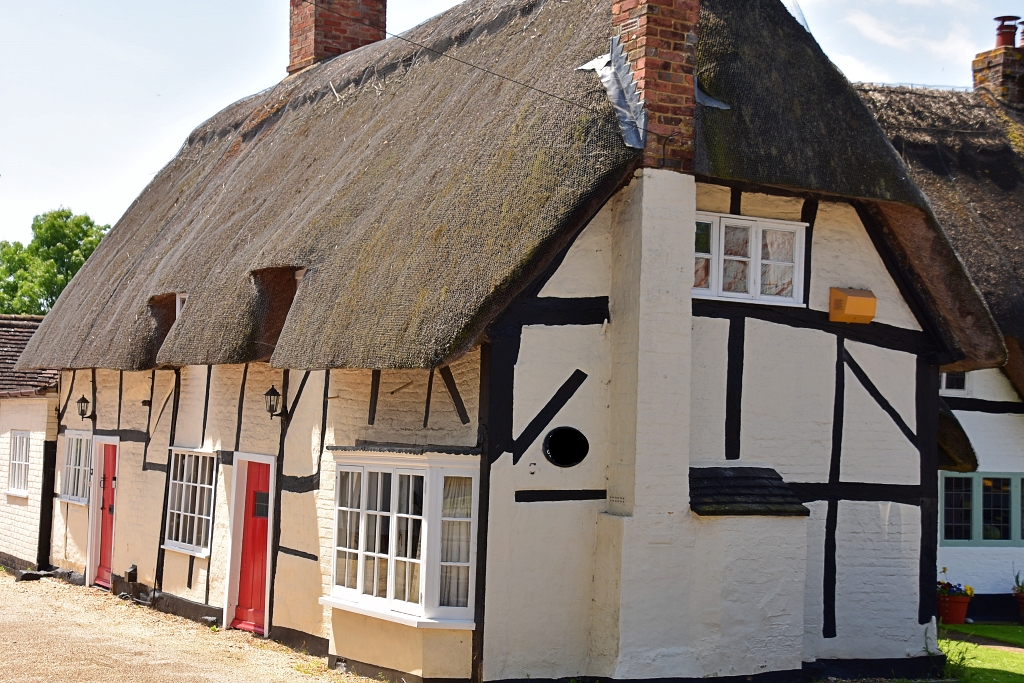 Thatched Cottage in Quainton © essentially-england.com
Thatched Cottage in Quainton © essentially-england.comFor more England days out return from our Quainton page to the Things to do in England page.


